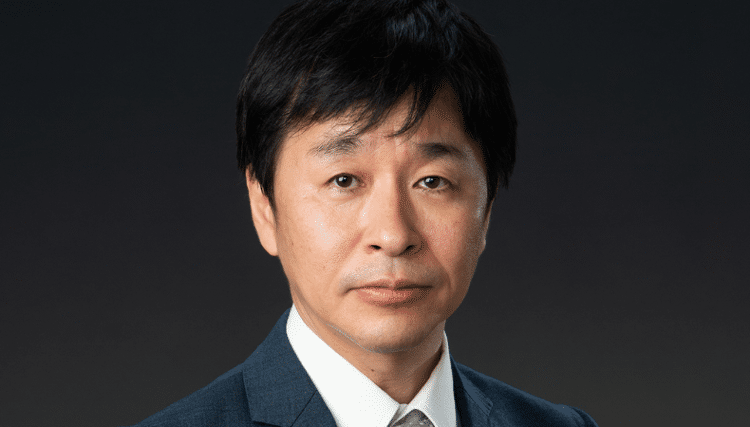New Mimaki Europe MD sets out Covid-19 recovery plan

Takahiro Hiraki, the new managing director of Mimaki Europe, has announced details of a new strategy, focusing on how the inkjet printer and cutting systems manufacturer will help its customers recover from the novel coronavirus (Covid-19) crisis.
Hiraki was appointed to the role earlier this month, having been a member of the Mimaki team since 1997, when he joined as a sales representative for the Mimaki CF-series at Mimaki Engineering.
Over the next 20 years, he went on to serve in a number of other positions within the Mimaki business, including being responsible for larger teams and Mimaki’s success in new and emerging markets.
Hiraki joined Mimaki’s board of directors in 2019 and was assigned management responsibility for Mimaki Europe.
Speaking to FESPA.com about his new role, Hiraki said much of his focus will be on the manufacturer’s strategy to recover from the impact of Covid-19, as well as how it will support its customers for the remainder of 2020 and next year.
This four-step initiative comprises ‘Major Impact’, where Mimaki will look at the areas of the business impacted the most and identify new priorities of customers, as well as ‘Prepare to Withstand the Impact’, ensuring it can sufficiently support partners and distributors.
The strategy also covers ‘Returning to Normal’, asking how can Mimaki help and what support respective governments will offer in the aftermath of the crisis, as well as ‘Sort out the Industry Dynamics’, looking at how buying behaviour has changed following the pandemic and whether this will lead to long-term change.
“Throughout all of these phases, it is vital that we keep up communication with our customers in all sectors to understand the issues the print community is facing during this crisis and making sure they have access to the technology they need to overcome it,” Hiraki told FESPA.com.
“This year has taught us that it is very hard to predict the future, but since the outbreak of Covid-19, we have been working hard to maintain communications with our customers and support them through this difficult time.”
This strategy will form part of Mimaki’s wider growth plans, which Hiraki said he will continue to pursue as the industry rebuilds in the wake of Covid-19.
“There will be different pillars to my strategy, including monitoring the evolution of the regional markets and further developing relationships with our partners and customers in order to meet their evolving needs and exploit new opportunities,” he said.
“We strongly believe that by strengthening our customer-oriented approach and customer-driven innovation we will take Mimaki Europe into its next phase of success.
“It is extremely important that we continue to help our customers diversify their businesses and incorporate new products to overcome these current challenges, and we will ensure that we provide the support needed for them to continue to drive their businesses forward.”
Topics
Interested in joining our community?
Enquire today about joining your local FESPA Association or FESPA Direct
Recent news

The importance of ink for large format printers
Ink is crucial for large format inkjet printers, influencing substrate compatibility, productivity, and cost. Nessan Cleary discusses the three main types which include UV-curable ink, latex ink and eco-solvent ink. Each ink type has specific strengths and weaknesses, making printers choice dependent on budget and intended applications.

What are the benefits of Direct-To-Fabric printing?
Direct-to-fabric printing is gaining popularity for high-volume textile production, enabling on-demand, customized short runs. These printers offer ink flexibility, accommodating various fabric types like cotton and silk, though ink development focuses on faster turnaround by reducing pre- and post-processing. Compared to traditional methods, direct-to-fabric inkjet printing is a more sustainable option due to reduced water and chemical usage, and localized production.

What are the opportunities for large format providers regarding digital touch screens?
Digital touchscreens are becoming increasingly common, offering businesses opportunities to improve customer engagement and streamline operations. Nessan Cleary shares, while more expensive to implement than standard digital displays due to complex software and integration needs, touchscreens provide self-service options, multilingual support, and can reduce staffing costs in various settings like retail, transportation, and healthcare.
